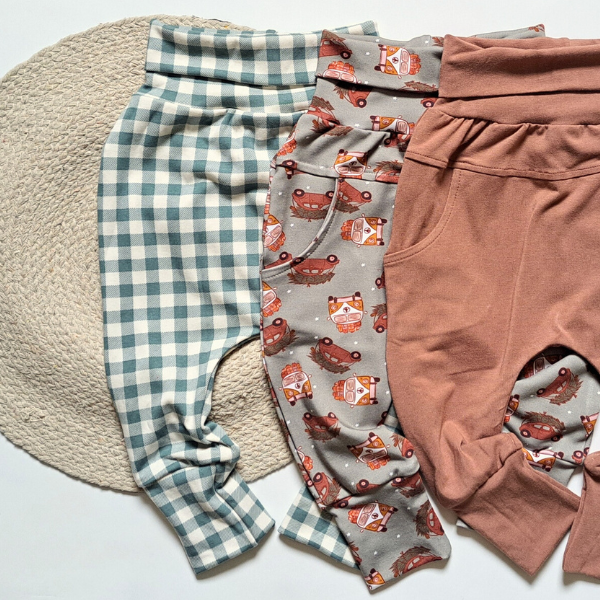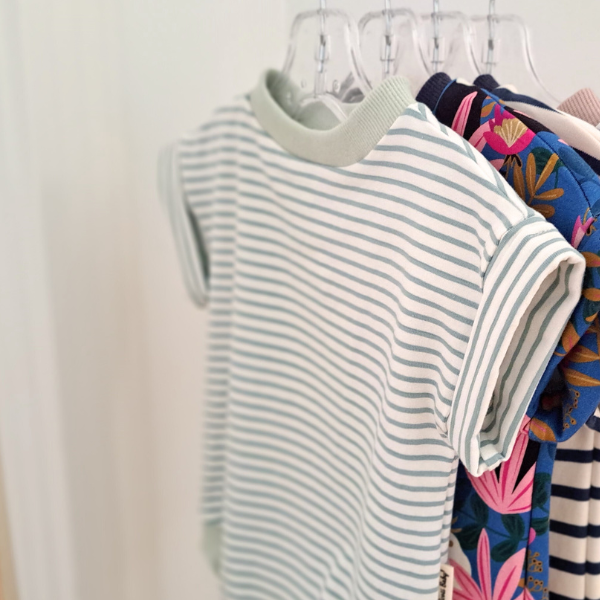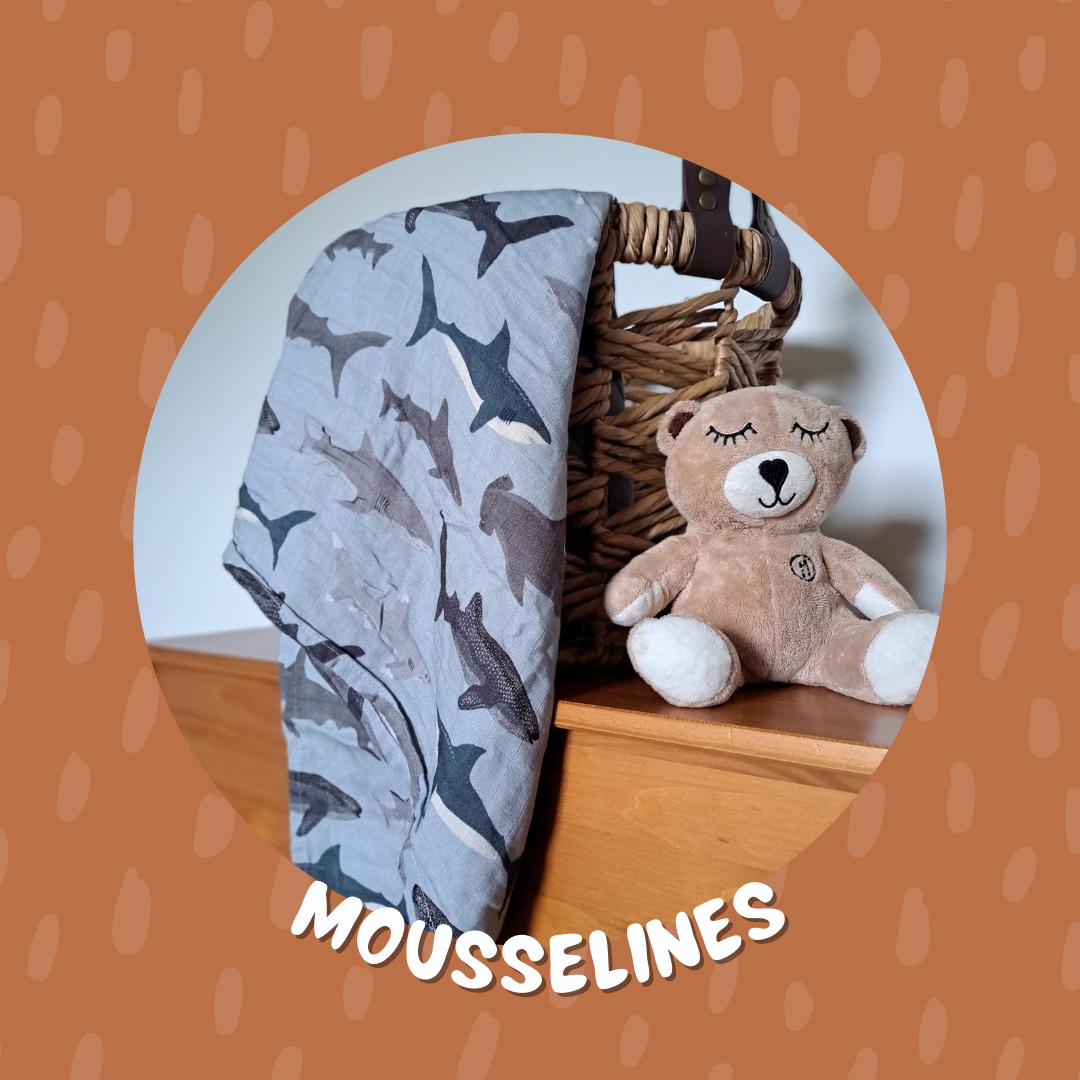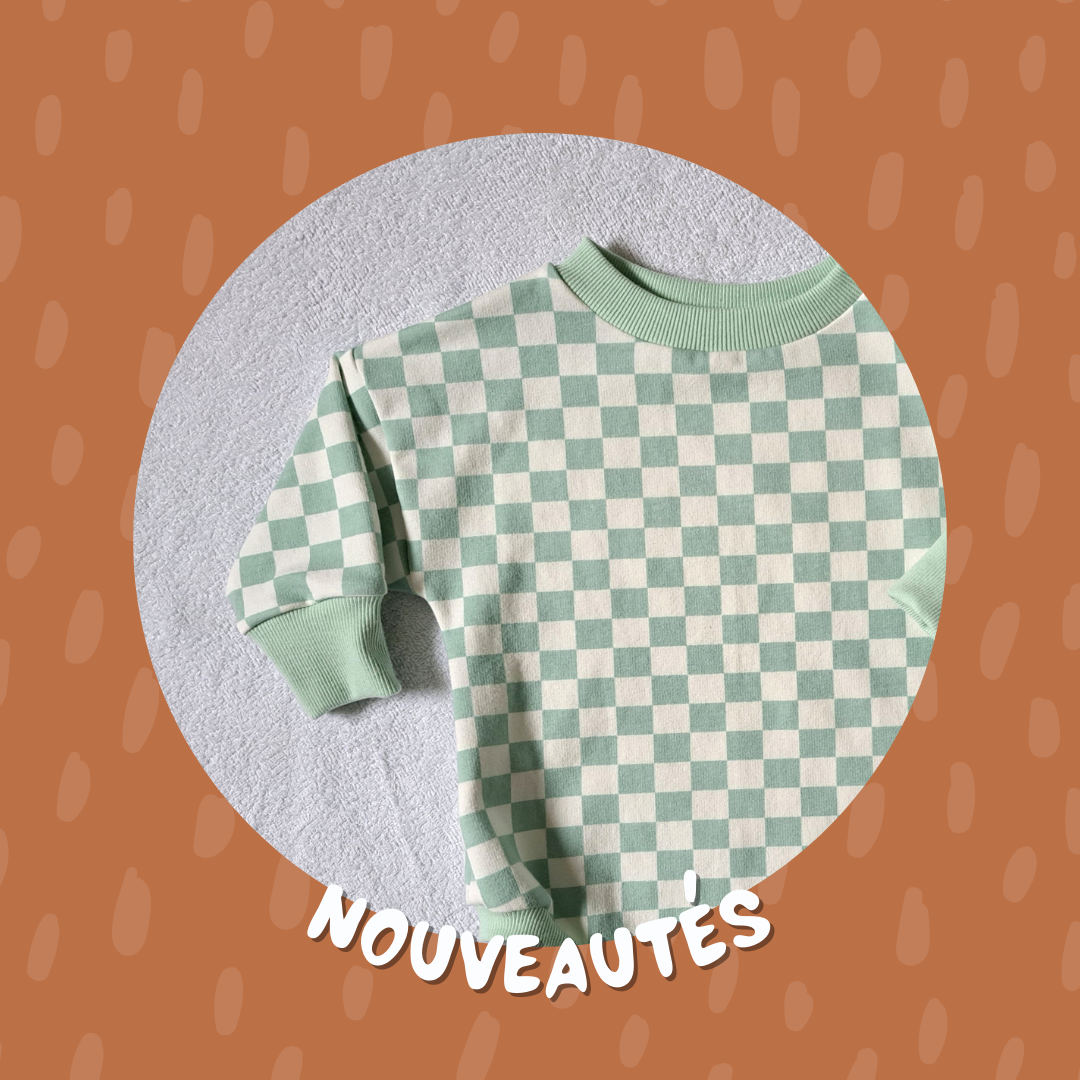How to manage the start of the school year with a hypersensitive child?
Is your hypersensitive child about to start kindergarten, or perhaps change childcare settings or schools? Be aware that this stage can trigger a veritable whirlwind of emotions and anxiety, both for parents and children.
A big change is approaching and excitement is already being felt in the house...
This is a disruption not only in routine and habits, but also on a sensory level: new places, more noise, and new people to get used to. This will certainly require preparation, but also a period of adjustment.
In this article, I offer you 8 tips to support your hypersensitive child during this period of transition, whether in school or early childhood.
1. Establish a routine and repeat it every evening, about a week before school starts.
During the summer, schedules often become more flexible: children go to bed later, skip baths, or spend the day at their grandparents' house. However, getting back into a regular routine before the start of the school year is essential.
Try to gradually reestablish wake-up, mealtimes, and bedtimes about a week before the big day. This rehearsal will help your child find stable reference points and better regulate their biological clock, promoting restful sleep and reducing anxiety related to change.
2. Illustrate the routine with pictograms or drawings
If your child is old enough to understand, create visual aids with them that describe the steps of the morning and evening routine. You can use printable pictograms or draw simple pictures together.
These visual cues promote understanding, autonomy, and reassurance for hypersensitive children who often need to predict what will happen next. This tip also helps increase your child's independence.
3. Consult an occupational therapist, if necessary
If you feel this change represents a major upheaval for your child, don't hesitate to talk to a professional. An occupational therapist can help your child manage emotions, prepare for new routines, and adapt to the school environment.
Occupational therapy is particularly helpful for children with sensory hypersensitivity, organizational difficulties, or significant anxiety. It was a great help for us.
Keep in mind that these specialists often have waiting times; it's best to schedule your appointments several weeks in advance, ideally before the start of the school year or within the first few months.
4. Maintain reading sessions, even during the holidays
Regular reading plays an essential role in your child's overall development. By continuing to read with them over the summer, you help maintain their attention span, intellectual curiosity, and academic benchmarks.
Sounds, letters, numbers and stories remain present in their daily lives, which will facilitate the transition to school or back to class.
For preschoolers, reading also has a major impact on language development, understanding emotions, and exploring the world. Books provide a reassuring medium and encourage the assimilation of new information in a fun way.
5. Anticipate the change by talking about it several days beforehand
One method that works very well with my eldest, who is also hypersensitive, is to talk to him about what's coming up a few days in advance. Whether it's an outing, a trip, or a big change like going back to school, I take the time each day to give him a few details about what's going to happen.
This gradual preparation allows him to awaken his curiosity in a positive way and gradually anticipate new things. As a result, he is often much less anxious on the big day, because he has had time to integrate this information in small steps.
However, be sure to maintain positive and reassuring communication. The idea is not to fuel worries, but to normalize change and present the new as an interesting experience.
6. Visit the new place before the start of the school year
Another valuable tip: familiarize your child with their new surroundings before the start of the school year. Take the time to walk to school, explore the outdoor playground, visit the play structures, or simply walk around the neighborhood.
By exploring places at their own pace, children begin to create visual and sensory reference points. This helps reduce the risk of unfamiliarity, which is often a source of anxiety in hypersensitive children.
And if outdoor games are fun, that's even better: they will become a source of motivation and excitement, making the return to school more positive in his eyes.
7. The school bus: getting used to this new route
Riding the big school bus can be both a source of excitement and anxiety for a highly sensitive child. The separation, the noise, and the unknown nature of the journey are all factors that can destabilize them.
Here's a tip a teacher once shared with me that I find particularly reassuring:
If this is your child's first time taking the bus, walk them to the bus stop and wait with them. Once they board, drive to school to make sure you're there before they arrive.
When your child gets off the bus, they'll immediately see a familiar face. This helps ease the anxiety of the bus ride and separation. Then let the school staff take over, but be available for a quick, reassuring goodbye.
This approach is beneficial not only for your child, but also for you: you will know that he has arrived safely and that he is starting this new stage smoothly.
8. Offer comfortable… but also familiar clothes
It goes without saying that long sleeve sweaters , Raglan or Dolman models, or even the Loose Ticoti Baby T-Shirts are perfect for starting this new stage in comfort. Label-free at the neck and loose-fitting at the sleeves, hypersensitive children will love them.
We often like to choose beautiful, brand-new clothes to celebrate the start of the school year or the return to daycare. However, for a hypersensitive child, uncomfortable fabric, an itchy label, or a cut that's too rigid can quickly become a source of stress.
Consider layering a familiar item of clothing under the new item: for example, a pair of pants and a T-shirt that your dog knows well, enjoys wearing, and doesn't itch. You can then complete the outfit with a new long-sleeved shirt.
This compromise allows you to combine novelty with the emotional security of a familiar garment, which promotes a feeling of confidence and well-being throughout the day.
And for older children… homework!
Finally, for slightly older children, another challenge is added: homework.
If you are looking for concrete tips to support your child in this new rhythm, I recommend this article which offers very relevant advice for managing homework help throughout the school year:
Hello Teacher: Tips to help your child with homework
For my part, my eldest will be starting first grade this year, and I feel like I'm going to need all this advice too!






